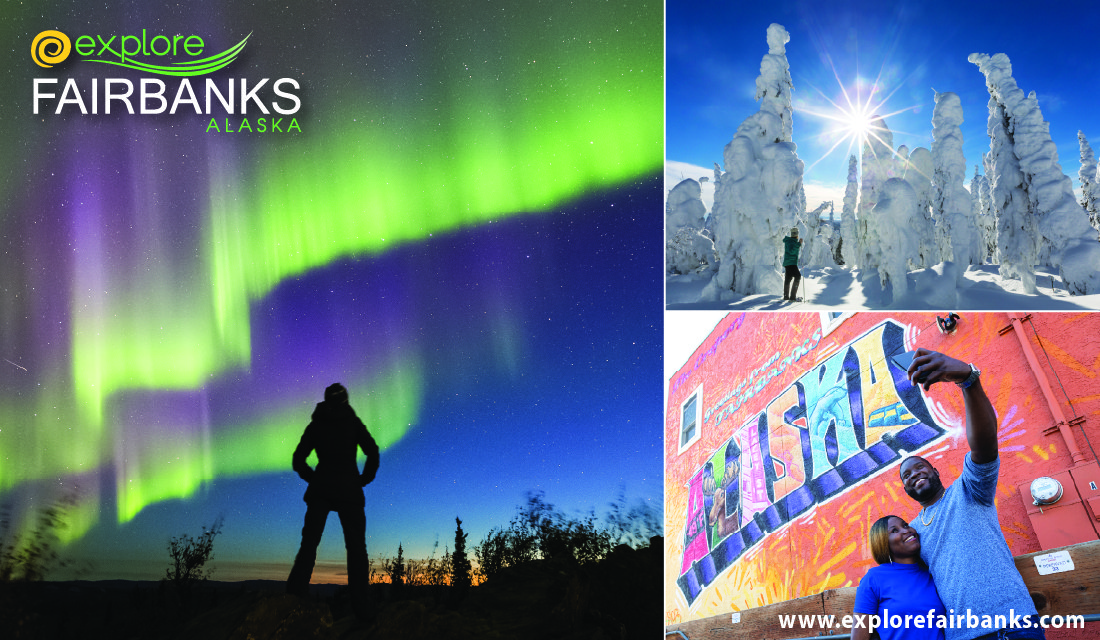And Maybe New Protections
by Yareth Rosen
(Editor’s note: This article is reprinted from Alaska Beacon under a Creative Commons license and edited for space and style. alaskabeacon.com)
Scientists were on the water last summer gathering information about a once-mysterious habitat—the large and varied gardens of colorful corals that cover parts of the Alaskan seafloor. What they learn could prompt new restrictions for commercial seafood harvests.
Though often associated with tropical locations, corals and associated sponges are also important features of Alaska’s marine ecosystem. Some of the state’s sites are believed to hold the world’s most diverse and abundant deep-sea coral and sponge communities, according to the National Oceanic and Atmospheric Administration. And like their tropical counterparts, Alaskan corals are vulnerable to disturbances—from bottom-scraping trawl nets, climate change, and ocean acidification.
In the Gulf of Alaska, a NOAA research cruise that uses remotely operated vehicles and underwater cameras followed a separate but complementary research cruise by the environmental organization Oceana that surveyed corals in the waters around Kodiak Island. In addition to identifying locations of corals, both teams studied the risks they face.

“The overarching goal is to conserve and protect unique habitats,” project lead Christina Conrath of NOAA’s Alaska Fisheries Science Center, said. “The first step is learning where important habitats are and how important they are to supporting fish and the ecosystem. That’s what we’re doing now.”
“People are still always amazed that there are large colorful corals existing here in Alaska in these deep cold waters,” said Oceana scientist Jon Warrenchuk, who led his organization’s expedition.
Knowledge about Alaska’s corals—and their vulnerabilities—is relatively new. Until the early 2000s, most information came from pieces of coral caught in those nets. Surveys by special underwater vehicles began to present a fuller picture starting in 2002.
NOAA’s national coral program conducts regional research by rotation. It is now Alaska’s turn in the rotation, with work that started in 2020 and is expected to run through this year. Planned survey areas include the eastern Bering Sea as well as the Gulf of Alaska.
A primary task of last year’s NOAA cruise in the Gulf of Alaska was to get underwater camera footage to verify the locations of corals that have been previously estimated and predicted by models.

Another task was to retrieve plates deposited on the seafloor in 2013, during the last coral survey there, to see what has grown on them. The objective was to gather data about coral growth patterns and possible impacts from climate change and ocean acidification, NOAA said.
Fishing impacts were discovered during the Oceana cruise, conducted in May around Kodiak Island, including some sites that may have never been photographed before. Survey sites included areas that have historically been used for trawling. In many of those sites, the Oceana team found damage, Warrenchuk said. “We saw in those flat hard-bottom areas, coral rubble and broken corals.”
Oceana planned to present its findings to the North Pacific Fishery Management Council, the panel that manages commercial fishing in federal waters off Alaska, he said.
The council has imposed coral protections in the past. In 2005, it banned seafloor-contacting trawling in some areas of the Aleutians known to have high densities of corals. But the council in 2015 declined to make similar rules to protect habitats in the eastern Bering Sea’s deep Pribilof Canyon, despite research showing that it is a hotspot of corals and sponges and despite an organized advocacy campaign for a trawling ban there.
Warrenchuk said he hopes the council will expand coral protections once Oceana and NOAA present findings from the cruises.
He likened the deep-sea cold-water coral beds to old-growth forests, which are also rich and diverse ecosystems. “They’re quite striking and beautiful,” he said, noting that Gulf of Alaska corals can grow to five or six feet in height. “The least we could do is not knock them over,” he said.



Comments are closed.